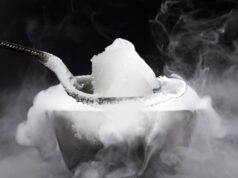
If you’re a coffee lover like me, you know the joy of brewing a perfect cup of coffee. But what about when you’re entertaining or having a particularly hectic day and one cup won’t cut it? How many scoops do you need for 12 cups? Stay with me and learn all the necessary things that will help you prepare the perfect batch for you and your guests.
Standard coffee-to-water ratio
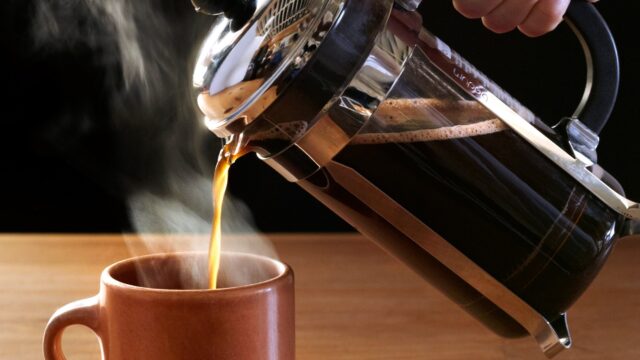
Getting the right coffee-to-water ratio is crucial for brewing a satisfying cup of this beverage. Too much coffee and your brew will be overpowering; too little and you’ll be sipping more on coffee-flavored water than a robust cup of joe.
The Specialty Coffee Association (SCA), an industry association with a global membership, has established guidelines to help us achieve an ideal coffee-to-water ratio. Commonly referred to as the “Golden Ratio,” the SCA’s recommended guideline is a measure of 1 to 2 tablespoons of ground coffee for every six ounces of water.
This ratio, however, is not a one-size-fits-all solution but a starting point. Your perfect ratio could depend on factors such as the coffee type, the brewing method, and, most importantly, your personal taste.
The answer
Following the golden ratio and assuming a 1.5 tablespoon scoop, you will need 24 scoops of coffee for 12 cups (72 ounces of water). The rest of this article will provide a detailed explanation of this answer.
Reference to the 12-cup measurement
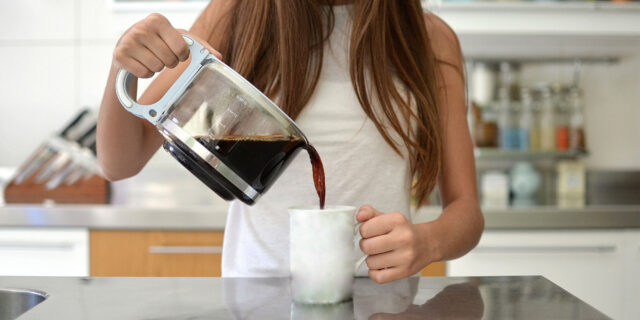
When we speak of a “cup” in the context of coffee, it’s important to note that we’re not referring to the 8-ounce measurement commonly used in cooking, but rather the 6-ounce cup standard. So when brewing 12 cups, we’re actually aiming for 72 ounces of water.
Determining the scoop size
Coffee scoops typically range from 1 tablespoon (about 5 grams) to 2 tablespoons (about 10 grams). Scoop sizes can vary, so it’s important to know the size of your scoop before you begin brewing.
Recommendations for an average scoop size
While there can be variations, a good rule of thumb is to use a scoop size of about 1.5 tablespoons (around 7.5 grams) for a balanced coffee-to-water ratio. This will produce a well-rounded cup that is neither too strong nor too weak.
Therefore
If 1 scoop (1.5 tablespoons) is for every 6 ounces of water, then for 72 ounces (the equivalent of 12 cups), you’d simply divide 72 by 6 to get 12. Double that number (since we’re using 2 scoops per cup), and you get 24 scoops for 12 cups of coffee.
Factors affecting strength
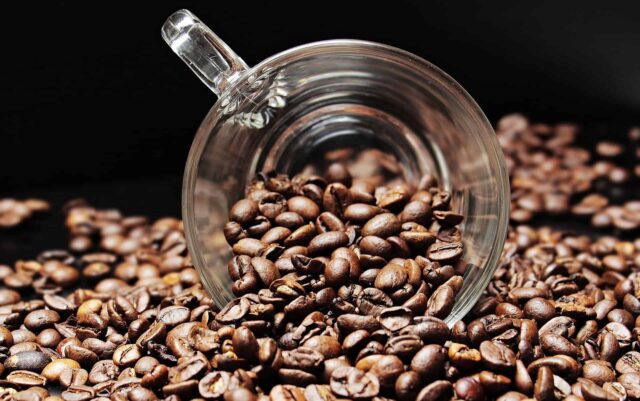
The strength of your coffee can be influenced by various factors, each playing a crucial role in determining the flavor profile and intensity of your brew. Understanding these factors and experimenting with them can help you find the perfect balance and achieve your desired strength.
First and foremost, the quality of your coffee beans and how you store them have a significant impact on the strength of your brew. Higher-quality beans tend to produce more robust and flavorful beverages. Opt for freshly roasted beans to maximize their potential and ensure a rich and satisfying cup.
The type of roast you choose also affects the strength of your coffee. Darker roasts, such as French or Italian roasts, often result in a bolder and more intense flavor profile, while lighter roasts showcase more nuanced and delicate flavors. Consider your personal preference and experiment with different roast levels to find the strength that suits your taste buds.
Another crucial factor is the grind size. The grind size determines the surface area of the coffee exposed to water during brewing, affecting the extraction process. Finer grinds generally lead to a stronger taste, as they increase the extraction rate. Coarser grinds, on the other hand, result in a milder brew.
Adjusting the grind size according to your brewing method can help you control the strength of your daily cup of happiness.
Speaking of brewing methods, they can significantly impact strength. Different methods, such as pour-over, French press, espresso, or drip brewing, have their own extraction dynamics, affecting the strength and flavor of the final cup.
Experimenting with various brewing techniques can help you discover the one that best suits your taste preferences and desired coffee strength.
Adjusting scoops based on preference
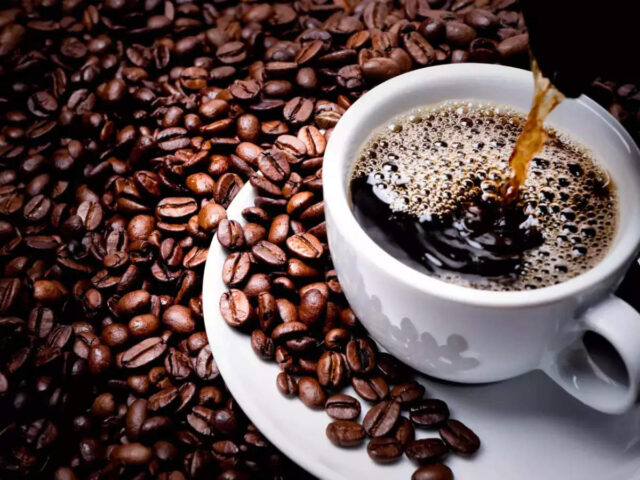
It’s important to note that coffee strength is a subjective measure, and what one person considers strong, another may find too weak. That’s why experimenting with these variables is crucial.
While the golden ratio serves as a useful guideline, you may want to adjust the amount of coffee based on your individual taste. If you prefer a stronger coffee, consider adding an extra half-scoop per cup; if you prefer a milder brew, reduce by half a scoop.
Using a scale for precise measurements
One of the key advantages of using a scale is the ability to obtain precise measurements. Unlike relying solely on the size of a scoop or estimating the amount by eye, a scale provides exact measurements in grams or ounces. A scale is particularly beneficial when working with different grind sizes.
By weighing the coffee precisely, you can accurately adjust the grind size and maintain the ideal coffee-to-water ratio, regardless of the grind setting on your grinder. This precise control over variables helps to optimize the extraction and ultimately leads to a more balanced and flavorful cup.
Measuring by weight
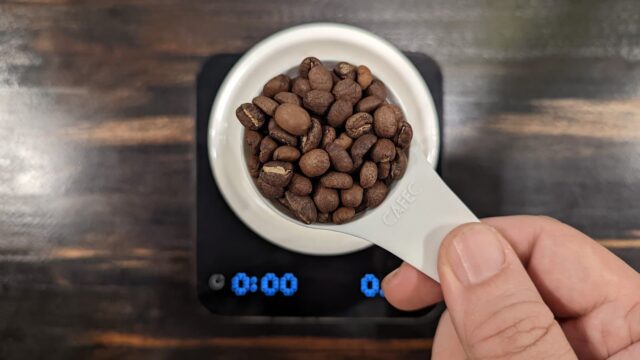
To measure coffee by weight, simply place your container on the scale, zero it out, then add your coffee. As a general guide, use 15 grams per 6 ounces of water.
Considering the average scoop size (1.5 tablespoons), one scoop would be approximately 7.5 grams of coffee. So for 12 cups, using our weight-based measurement, you would need about 180 grams of it.
FAQs
Does using a different brewing method change the number of scoops for 12 cups?
Different brewing methods may require slight adjustments in the number of scoops to achieve the desired strength and flavor.
Can I use a different ratio for decaffeinated coffee when measuring the scoops?
Decaffeinated coffee may have slightly different brewing characteristics, so it’s best to follow the specific recommendations provided by its brand.
Can I use flavored coffee when measuring the scoops for 12 cups?
This one may have different intensities, so you might need to adjust the number of scoops based on the desired flavor strength.
Should I grind the beans before or after measuring the scoops?
It’s generally recommended to measure the scoops first and then grind the beans to maintain accuracy in measurements.
Can I adjust the number of scoops based on the brewing time for 12 cups?
The brewing time typically does not affect the number of scoops, but adjusting the grind size or the strength may compensate for longer or shorter brew times.
To sum up

Determining the number of scoops for brewing 12 cups of coffee requires considering various factors such as the desired strength, coffee-to-water ratio, and personal preferences.
Following the golden ratio of 1 to 2 tablespoons for every six ounces of water is a useful starting point. Considering the standard 6-ounce cup measurement, brewing 12 cups would require 24 scoops of coffee assuming a 1.5 tablespoon scoop.
However, it’s important to note that its strength can be influenced by factors like the quality of beans, roast type, grind size, and brewing method. Adjusting the number of scoops or using a coffee scale for precise measurements can further enhance the brewing process.
Whether you measure by scoop or by weight, the key is consistency. Happy brewing!



